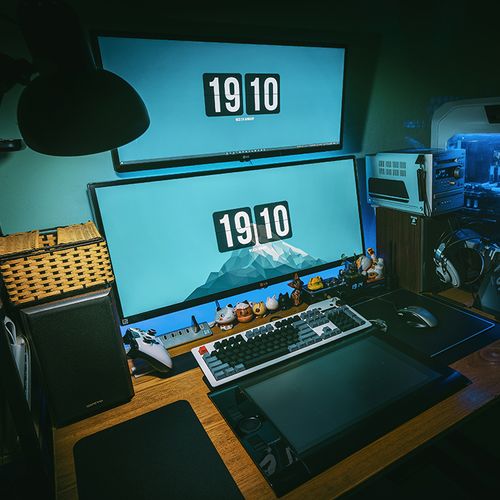Virtual reality games improve the ability of stroke survivors to walk and also appear to improve function in the damaged part of the brain, researchers report.
The results of a small study—including just 10 people who had experienced strokes more than a year earlier-indicate that computerized game-playing could have a role in stroke rehabilitation, says lead author Sung H. You, assistant professor of physical therapy at Hampton University.
The Study
All 10 stroke survivors had finished conventional physical therapy programs before the study began, You says, and "had reached their natural potential recovery."
The study used commercially available interactive games that create a virtual reality scene and superimpose the patient's life-size body into it.
"They can choose their game," You says. "If a patient likes soccer, we use a soccer game. You can customize the program for the level of difficulty, depending on the performance of the patient, gradually increasing intensity in terms of speed and accuracy."
All of the participants had stroke-caused weakness on one side of the body. Five people received the computer-assisted training for one hour a day, five days a week for one month, while the others did not.
Tests showed an average improvement of 23% in the ability to walk 15 meters for patients who played the virtual reality game, compared with a 5% improvement for those who did not play the game. In addition, the ability to walk up four steps improved more than 17% in the virtual reality group, and not at all in the other group, the researchers say.
Imaging studies also showed an improvement in the brain function of the patients after virtual reality participation.
"After the intervention, the side of the brain that was damaged was activated—not 100% of normal—but an improvement in function," You notes.
The Reaction
The new study offers more proof that computerized training can help stroke patients recover function, says Grigore C. Burdea, professor of computer engineering and director of the Human-Machines Interface Laboratory at Rutgers University, who has done similar work. "Our laboratory developed prototype devices rather than using a commercial system," Burdea says.
Working with physicians at the University of Medicine and Dentistry of New Jersey, Burdea's group first added virtual reality training to conventional stroke rehabilitation therapy in 2002. In that study, patients showed improved functioning when virtual reality was added to conventional therapy, he says.
The results of these and other small-scale studies are encouraging for the 4 million stroke survivors in the United States, Burdea says. "There is hope for recovery, even though under current medical arrangements therapy stops a few months after a stroke. We have shown that we can improve people's performance years after a stroke."
Because most of these trials have been small, 'the real proof will come when we do real clinically controlled multicenter trials on larger populations," Burdea says.
